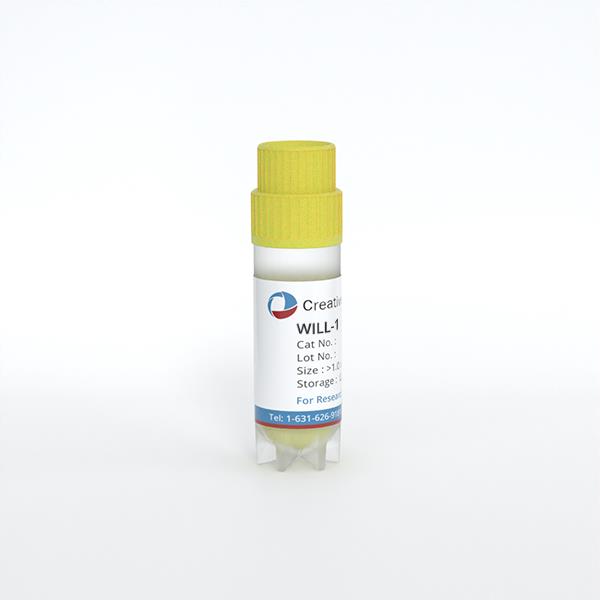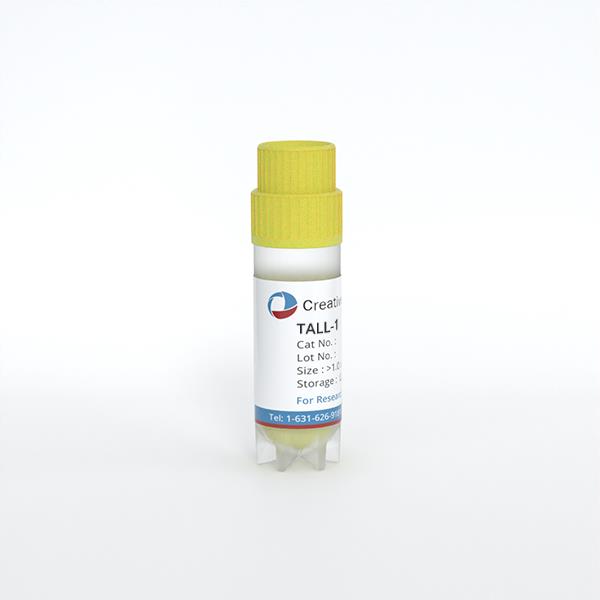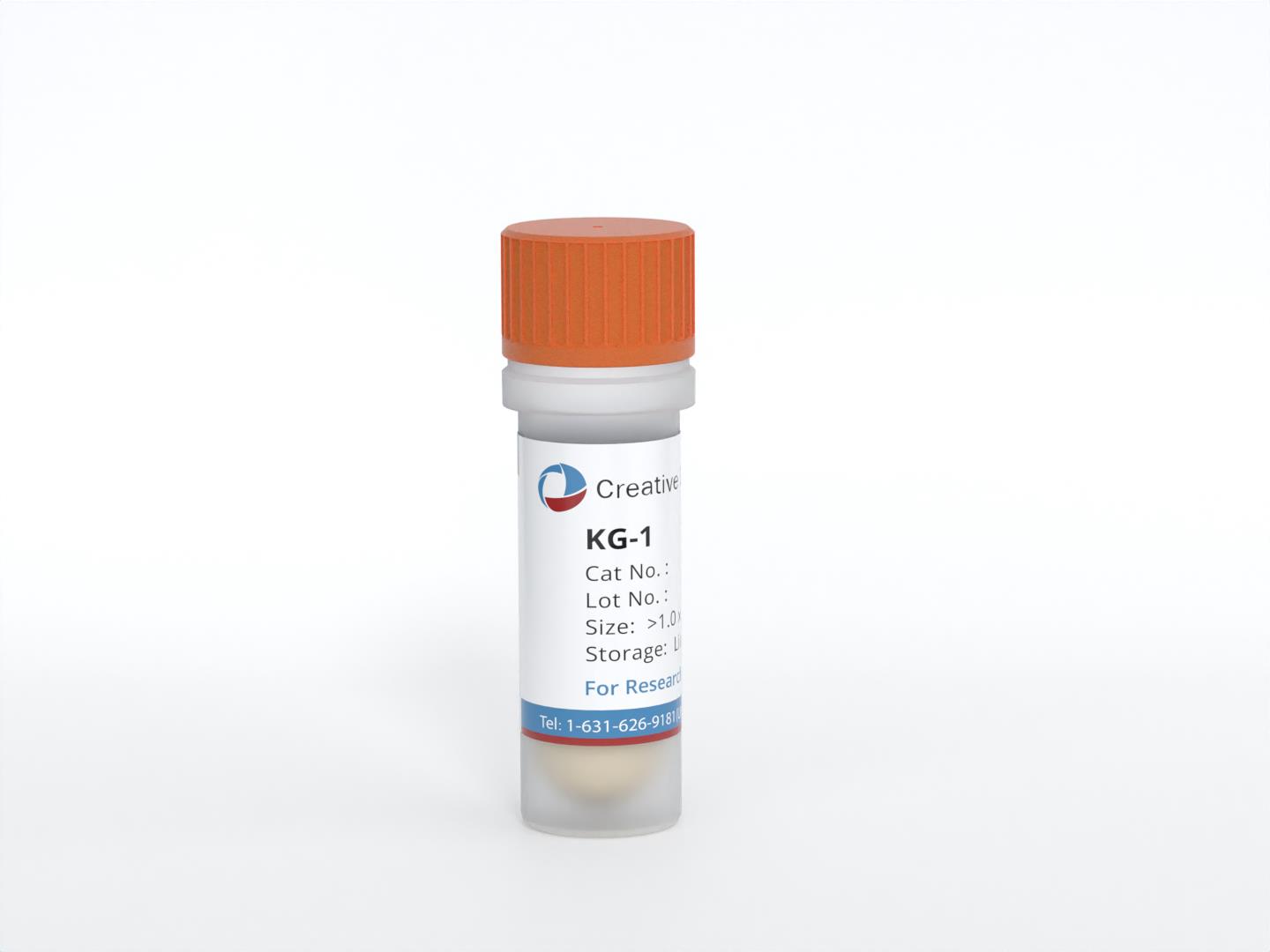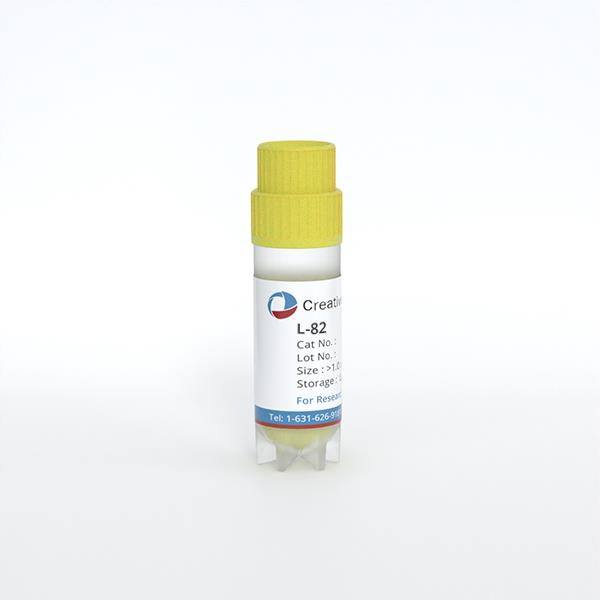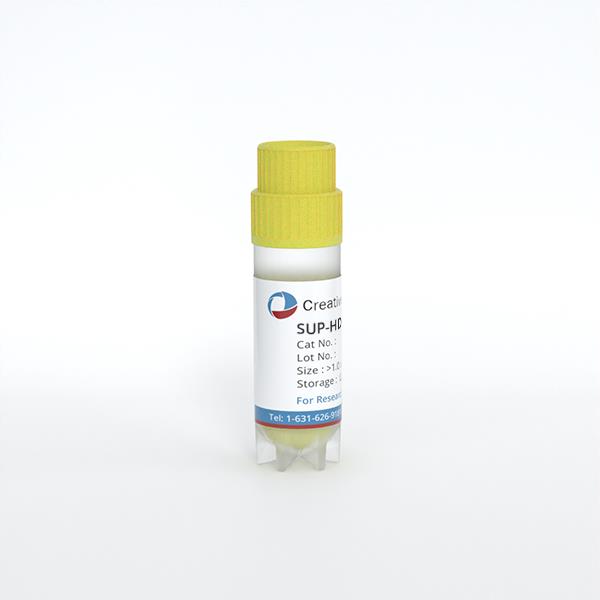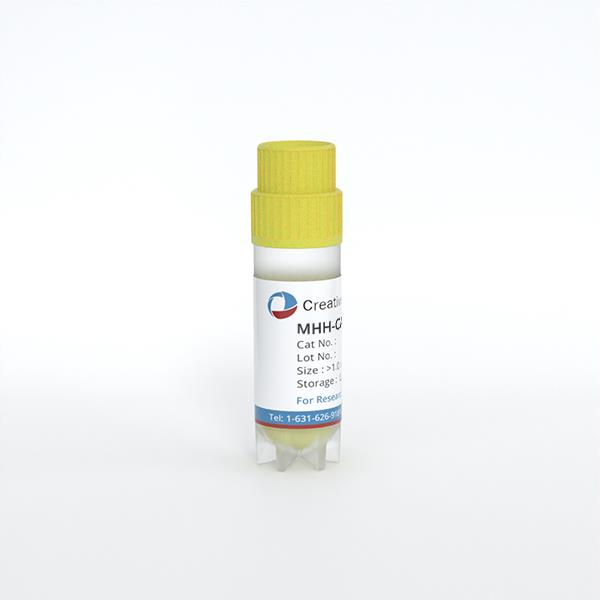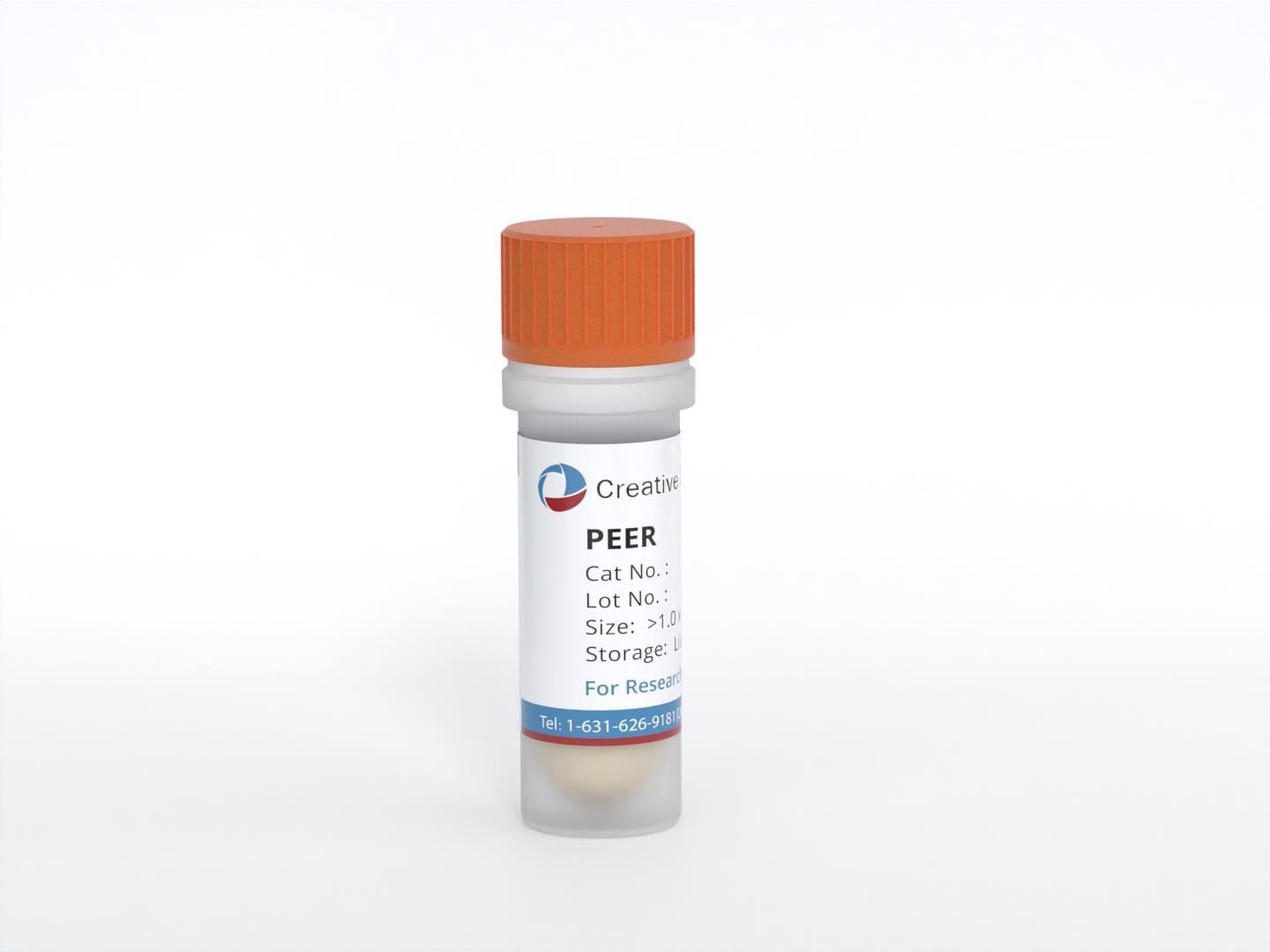
PEER
Cat.No.: CSC-C6359J
Species: Homo sapiens (Human)
Source: Blood; Peripheral Blood
Morphology: other
Culture Properties: Suspension cells
- Specification
- Background
- Scientific Data
- Q & A
- Customer Review
- Documents
Store in liquid nitrogen.
PEER cells are a human T cell line that was derived from acute T cell leukemia. These cells serve as a valuable tool for studying the characteristics, behavior, and underlying mechanisms of T cell leukemia, a type of cancer originating from T cells.
Researchers utilize PEER cells to explore various aspects of T-cell leukemia, including the identification of specific genetic mutations, dysregulated signaling pathways, and aberrant gene expression profiles. These investigations aim to uncover potential therapeutic targets and develop novel treatment strategies for this aggressive form of leukemia.
In addition, PEER cells have been employed in preclinical research to evaluate the efficacy of potential anti-leukemic agents, such as chemotherapeutic drugs, targeted therapies, and immunotherapies. The use of PEER cells in drug screening and testing contributes to the development of personalized treatment approaches and the advancement of precision medicine in T-cell leukemia.
Establishment and Characterization PEER Cell Line
The PEER cell line exhibited a typical lymphoid morphology. The results of several cytochemical and enzyme tests performed in Israel shortly after the line was established are shown in Table 1. Acid phosphatase had a focal distribution (Fig. 1) which is typical of T-acute lymphoblastic leukemia (ALL).
Table 2 summarizes the results of membrane (cell surface) and intracellular marker tests. PEER cells lack the common ALL antigen and do not express Ia/HLA-DR antigens (two rabbit, one chicken anti-Ia p28, 33 and one murine hybridoma/monoclonal antibody-DA2/anti-HLA-DR "framework") or T-cell antigens (two rabbit and one hybridoma antibody, NA134 which detects a "TL"-like (45K) cortical thymocyte antigen) which are found on most cases of T-ALL and T-ALL cell lines. Positive results were observed with monoclonal antibodies specific for p2 microglobulin (EC3) and HLA-ABC "backbone" determinants (W6/32), monoclonal P17F12 which defines a new T-cell antigen, and a horse anti-human thymus serum which defines a T-cell subset (THZ) with suppressor-cell functions.
Peanut agglutinin (PNA) which is reported to react with immature T cells and T-ALL was also negative although, as on all cells tested, a binding site for PNA could be exposed by neuraminidase treatment of the cells. Both sheep and mouse rosette assays (T- and B-cell markers respectively) were negative as were the EA and EAC tests. Hexosaminidase isoenzyme peak I, which is usually expressed in the common form of ALL but not in T-ALL, was absent, and there was no staining for either cytoplasmic or cell surface Ig.
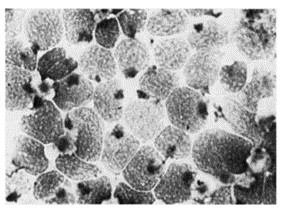 Fig. 1 PEER cells showing strongly positive para nuclear stain with acid phosphatase. (Ravid Z, et al., 1980)
Fig. 1 PEER cells showing strongly positive para nuclear stain with acid phosphatase. (Ravid Z, et al., 1980)
Table 1. Cytochemical and enzyme tests of the PEER cell line. (Ravid Z, et al., 1980)
| Cytochemical and enzyme tests | Test results |
| Sudan black Peroxidase Non-specific esterase Acid phosphatase Oil red PAS Muramidase | Negative Negative Positive (4+) Positive (4+) Negative Positive (4+) Negative |
Table 2. Cell surface and intracellular marker studies on the PEER cell lines. (Ravid Z, et al., 1980)
| Cell surface markers | Test results | |
| Antisera | Rabbit anti-monkey thymus (MT) Rabbit anti-human thymus (HT) Horse anti-human thymus (TH2) Monoclonal NA134 Monoclonal P17F12 Rabbit anti-p28,33 Chicken anti-p28,33 Monoclonal DA2 Monoclonal anti-HLA ("framework")W6/32 Monoclonal antiβ2 EC3 Goat (and rabbit) anti-glycophorin Goat anti-human Ig | - - + - + - - - + + - - |
| Peanut (Arachis hypogaea) agglutinin3 | No neuraminidase + neuraminidase | - + |
Ask a Question
Write your own review
- You May Also Need
- Adipose Tissue-Derived Stem Cells
- Human Neurons
- Mouse Probe
- Whole Chromosome Painting Probes
- Hepatic Cells
- Renal Cells
- In Vitro ADME Kits
- Tissue Microarray
- Tissue Blocks
- Tissue Sections
- FFPE Cell Pellet
- Probe
- Centromere Probes
- Telomere Probes
- Satellite Enumeration Probes
- Subtelomere Specific Probes
- Bacterial Probes
- ISH/FISH Probes
- Exosome Isolation Kit
- Human Adult Stem Cells
- Mouse Stem Cells
- iPSCs
- Mouse Embryonic Stem Cells
- iPSC Differentiation Kits
- Mesenchymal Stem Cells
- Immortalized Human Cells
- Immortalized Murine Cells
- Cell Immortalization Kit
- Adipose Cells
- Cardiac Cells
- Dermal Cells
- Epidermal Cells
- Peripheral Blood Mononuclear Cells
- Umbilical Cord Cells
- Monkey Primary Cells
- Mouse Primary Cells
- Breast Tumor Cells
- Colorectal Tumor Cells
- Esophageal Tumor Cells
- Lung Tumor Cells
- Leukemia/Lymphoma/Myeloma Cells
- Ovarian Tumor Cells
- Pancreatic Tumor Cells
- Mouse Tumor Cells
